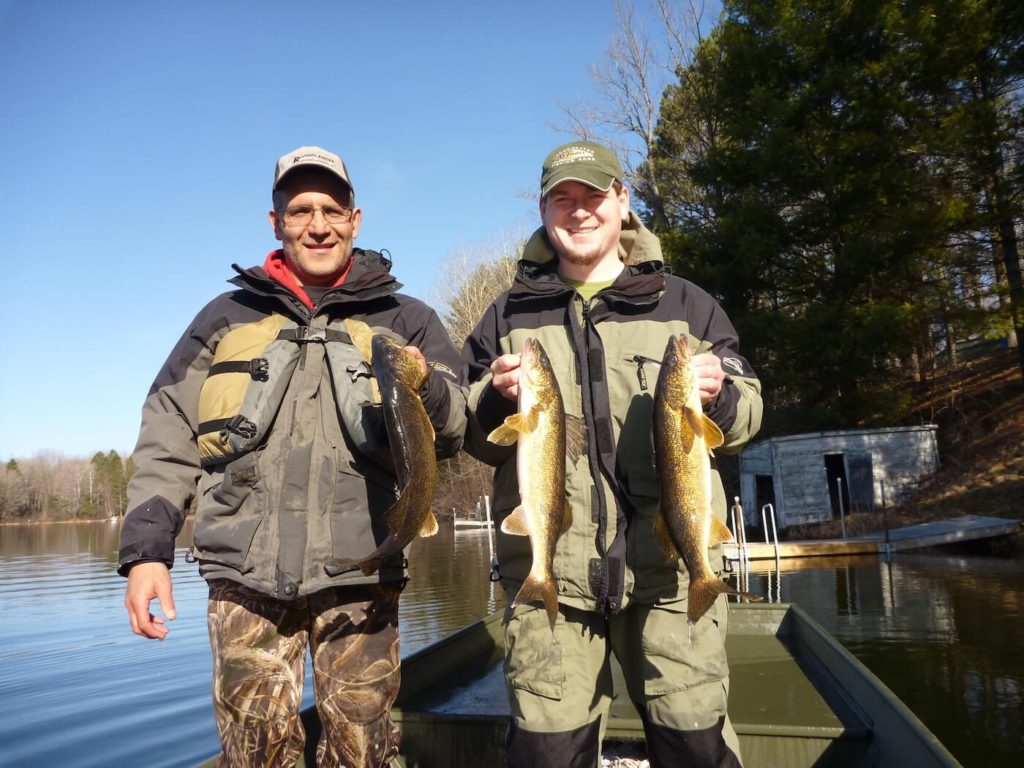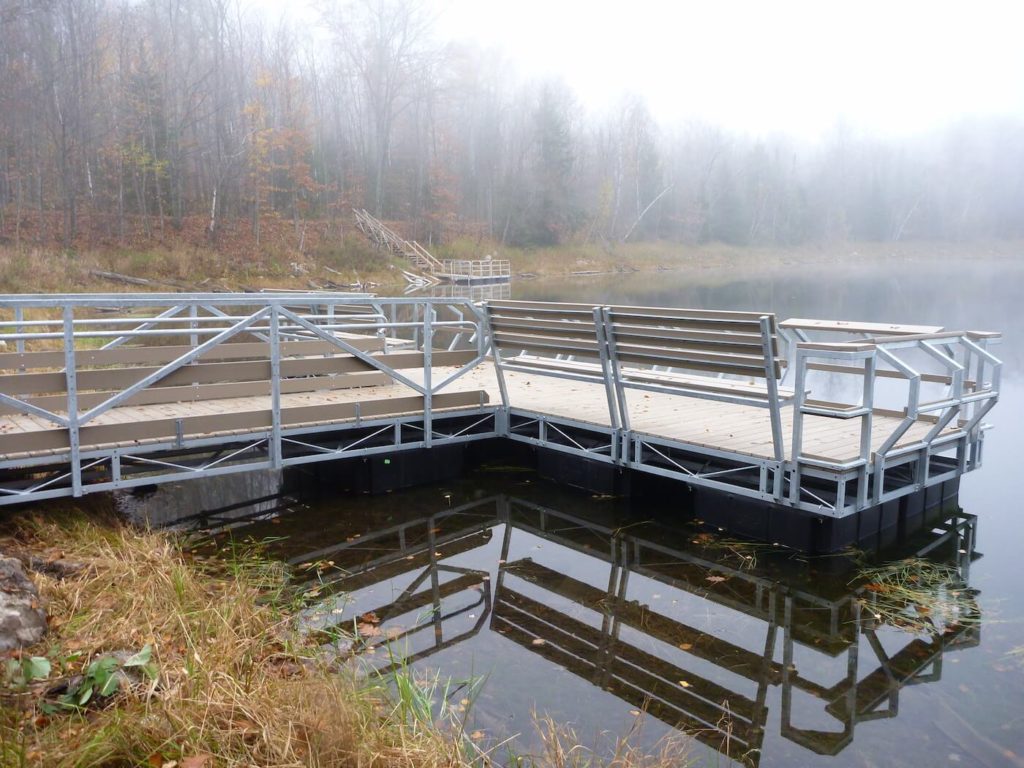Program Summary
The primary responsibilities of the Water Resources Program involve monitoring, preserving, protecting, and enhancing the quality of the surface waters, aquatic habitats, and groundwater on FCP lands. The program fulfills these obligations by: administering federally authorized and supported surface water quality monitoring and non-point source pollution management programs; planning and implementing storm water management, shoreline and stream channel restoration, and stream crossing replacement projects; and developing and implementing plans to preserve and protect the FCP waters from contaminants resulting from projects and activities with the potential to cause pollution.
Our Mission
The Water Resources Program’s mission is to protect, manage, and improve the FCPC’s wetlands, streams, lakes and groundwater. The FCPC Water Resources Program consists of the three full-time staff including a water resources program director, an aquatic biologist and a water resources technician. The program carries out a baseline monitoring program which includes four lakes and 11 streams. The Water Resources Program incorporates chemical testing of surface water, bioassessments of water quality using macroinvertebrates and fish, fish surveys and population assessments and lake aquatic plant surveys.
Data Collection
Data is collected by program staff, and excluding chemical analyses for water quality, is processed and reported internally as well. This monitoring plan allows the program personnel to assess the health of aquatic habitats, follow trends, identify impairments and guide remediation and management activities. Eventually, this baseline data will be utilized in the development of water quality standards for FCPC waters which will provide protection of tribal waters through regulation on and off the reservation.

Education and Outreach
Education and outreach activities of the Water Resources Program include the following: hosting winter and summer fisheries; publishing informative articles, resource updates, and notices in the tribal newspaper; participating in both the tribe’s youth education program and work experience program offered through Economic Support and employing a summer youth worker.
The Water Resources Program comments on projects that may affect local or tribal resources. The program also partners with organizations seeking to improve and protect area lakes, streams and wetlands. The program works with and advises FCPC departments and committees in aquatic habitat protection when any proposed project may have an adverse effect on tribal waters.
Additional Program Functions
Some additional program functions include: erosion control projects, assisting with NPDES permit compliance and education and outreach. The program has utilized funding offered by the National Resource Conservation Service through its Environmental Quality Incentives Program and Wildlife Habitat Improvement Program to control erosion around lakes and streams and improve water quality.
The Water Resources Program is also responsible for monitoring water quality of receiving water bodies for two FCPC NPDES-permitted wastewater treatment facilities and reporting findings.
Funding Sources
The program is primarily funded by two sources — the FCPC and the USEPA through its Clean Water Act Sections 106 and 319 Programs. However, some additional monies to carry out the program’s mission have been awarded by the BIA through the Great Lakes Restoration Initiative Program, as well as its Water Resources on Indian Lands and Circle of Flight Programs, the U.S. Fish and Wildlife Service’s Partners of Fish and Wildlife Program and the Wisconsin Tribal Conservation Advisory Council’s Small Pilot Project Program.
Our Projects
Some examples of past and present projects of the Water Resources Program include:
- Water Resources Baseline Monitoring Project (ongoing) – collecting qualitative and quantitative data for water quality, fish, macroinvertebrates, plants and habitat.
- Bug Lake Pervious Parking Area and Fishing Pier (ongoing) – install a pervious concrete parking area and pathway to connect to an ADA compliant fishing pier.
- Cloud Lake Restoration Project (ongoing) – grade and revegetate eroding banks at the make-shift landing and install a new concrete landing that eliminates all sedimentation.
- Fish Mercury Assessment and Consumption Guidelines Project (ongoing) – determined fish tissue mercury concentrations for fishes in tribal lakes and developed fish consumption guidelines.
- Fish Stocking (ongoing) – rainbow and brook trout are stocked annually in Bug Lake and black crappie have been stocked in Devil’s Lake.
- Swan Creek Stream Restoration and Habitat Improvement Project – removed two failing road crossings impounding Swan Creek to renew fish passage and improve habitat for brook trout.
- Bug Lake Hydrologic Study – evaluated the hydrology of Bug Lake to identify the source of low water levels.
- Wetlands Inventory Project – conducted wetland functional assessments to identify and protect high quality wetlands.
- Arlyn Alloway Pond Enhancement Project – restored open water habitat and native plant community.
- Rat River Wild Rice Restoration Project – plant wild rice seeds to develop new rice beds and expand upon existing ones.
- Multiple erosion control projects – implemented riparian plantings, improved boat launches and road crossings.
- FCPC staff worked with a consultant on closing the Crandon mine monitoring wells and properly abandoned wells to protect ground water.
- FCPC staff assisted the Wisconsin Department of Natural Resources with the Devil’s Lake Mercury Study, which was conducted to better understand the process of mercury contamination and methylization occurring in Devil’s Lake.
Water Resource Program Staff
Matt Steinbach, Water Resources Program Director
Phone: 715-478-7361
Email: Matt.Steinbach@fcpotawatomi-nsn.gov
Ben Koski, Aquatic Biologist
Phone: 715-478-4436
Email: Ben.Koski@fcpotawatomi-nsn.gov















